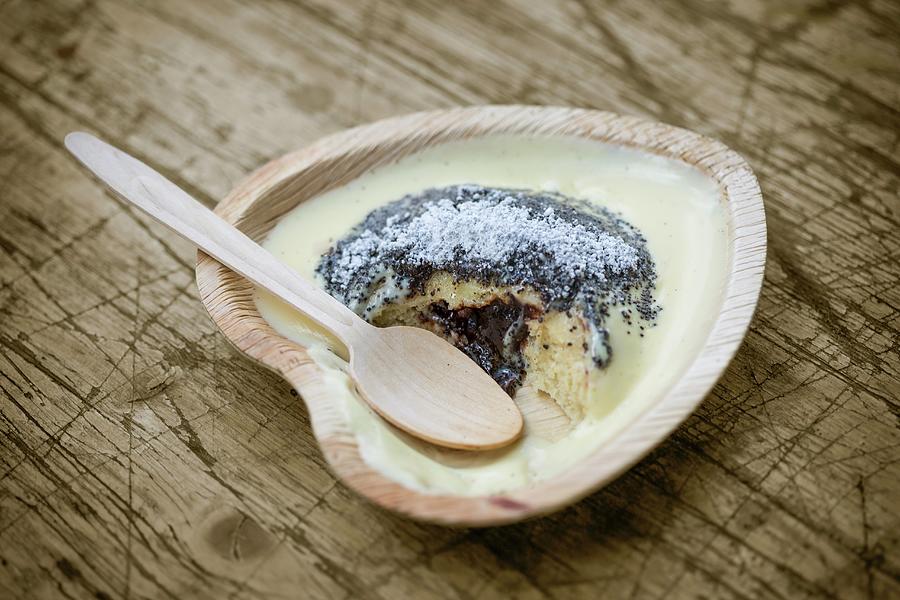Introduction
Disposable plates, a common convenience in modern life, have raised concerns about their environmental impact. Finding eco-friendly options isn’t just a choice but a necessity. Let’s delve into sustainable choices, usage tips, and their positive impact on our planet.
The Need for Eco-Friendly Choices
Disposable Plates: Eco-Friendly Options and Usage
In a world striving for sustainability, the need for eco-friendly disposable plates has surged. Disposable Plates: Eco-Friendly Options and Usage are crucial in reducing waste and environmental harm.
Understanding Eco-Friendly Materials
Biodegradable Choices
Switching to biodegradable materials like bagasse, bamboo, or palm leaf-based plates significantly reduces environmental impact. These materials decompose naturally, minimizing pollution.
Reusable Options: A Viable Solution
Melamine and Bamboo Plates
Investing in durable, reusable plates like melamine or bamboo offers a long-term solution. These plates, while initially pricier, reduce waste and promote sustainable practices.
Composting: Making a Difference
Compostable Plates
Opting for compostable plates contributes to soil enrichment. These plates break down into natural elements, fostering a circular economy and benefiting agricultural practices.
Innovative Designs for Sustainability
Eco-Friendly Designs
Innovations in design, such as compartmentalized plates or those with minimalistic packaging, enhance the eco-friendliness of disposable plates.
Understanding Usage Scenarios
Disposable Plates: Eco-Friendly Options and Usage
Knowing the appropriate scenarios for using eco-friendly disposable plates ensures optimal sustainability. Understanding when and where to use them maximizes their positive impact.
Advantages Over Conventional Plates
The Impact of Eco-Friendly Choices
Eco-friendly disposable plates not only minimize waste but also reduce the carbon footprint, conserving natural resources for a greener future.
Care and Maintenance Tips
Preserving Eco-Friendly Plates
Proper care ensures the longevity of eco-friendly plates. Simple practices like handwashing or avoiding high temperatures during cleaning maintain their eco-friendliness.
Frequently Asked Questions
1. Are eco-friendly plates microwave-safe? Yes, most eco-friendly plates are microwave-safe, but it’s advisable to check the product specifications for certainty.
2. Can compostable plates decompose in a home compost bin? Yes, compostable plates can decompose in a home compost bin, provided the bin maintains the necessary conditions for decomposition.
3. What are the ideal disposal methods for biodegradable plates? Biodegradable plates can be disposed of in compost bins or facilities that cater to organic waste disposal, ensuring proper decomposition.
4. Do reusable eco-friendly plates require any special maintenance? Reusable eco-friendly plates generally require standard maintenance, such as handwashing or following the manufacturer’s care instructions.
5. How do eco-friendly disposable plates contribute to sustainability? Eco-friendly disposable plates reduce waste accumulation, promote biodegradability, and lower the carbon footprint, aligning with sustainable practices.
6. Can eco-friendly plates be used for hot food items? Most eco-friendly plates are suitable for hot food items; however, checking the product specifications is advisable for heat tolerance.
Conclusion
Choosing eco-friendly disposable plates isn’t just a trend; it’s a responsibility. Embracing sustainable options, understanding their usage, and proper disposal methods can collectively contribute to a healthier planet.

